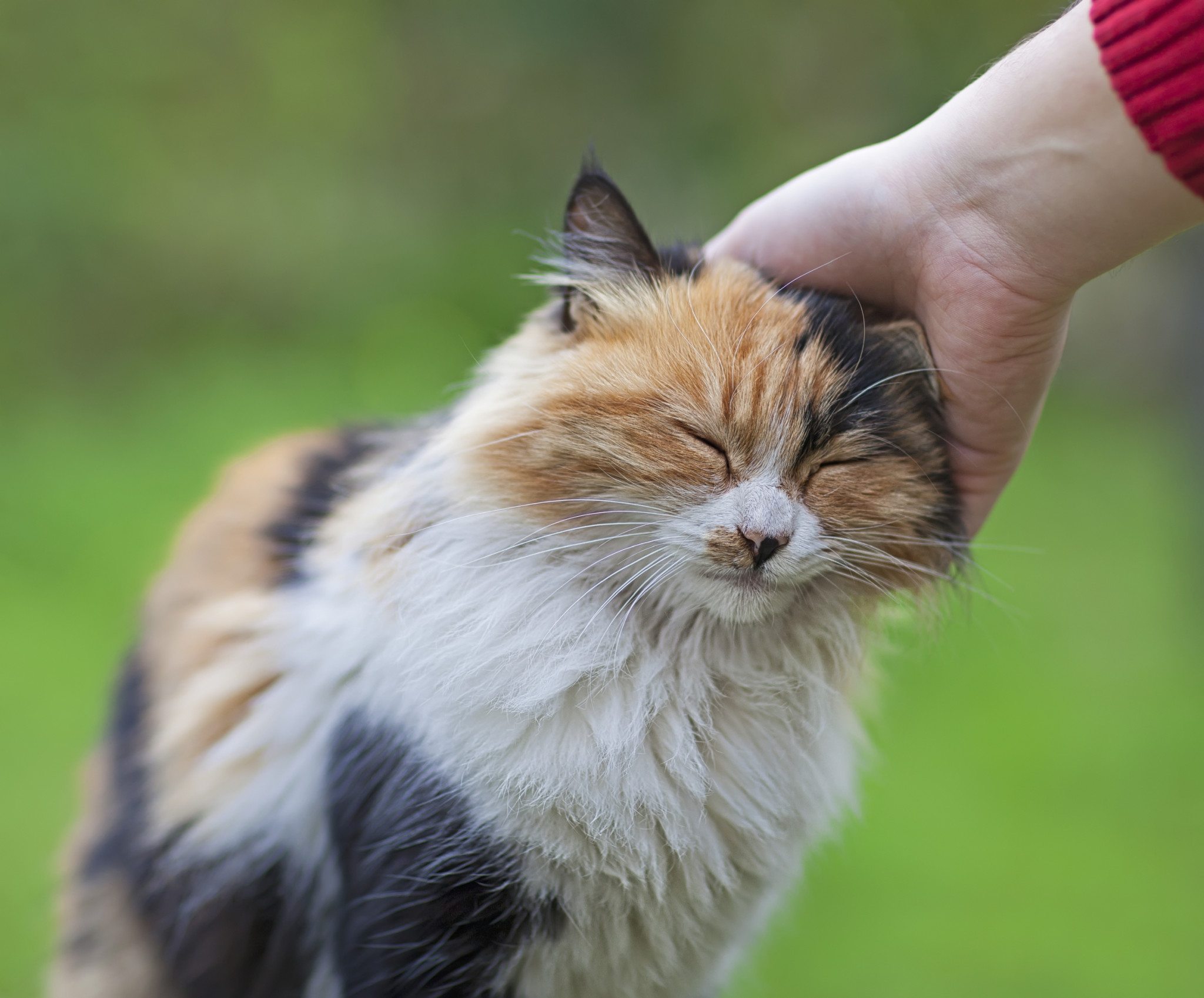Cats can develop bladder stones at any age, regardless of their sex, age or breed. The most common type is known as Struvites that are usually found in young adult cats but have been found in kittens as well. Male cats can develop calcium oxalate stones from 4-9 years of age. The clinical term for bladder stones is called uroliths. Though there are a wide variety of stones, struvites are the most common with calcium oxalate stones being seen in approximately 20% of cases.
Bladder stones in cats are a collection of minerals that turn into hard rock-like formations that rub together, irritating the bladder that causes bleeding. Typically, a cat will feel the urge to urinate often as a result of the irritation with very little urine being released. Urinary flow can be obstructed from bladder stones. In fact, you might hear your cat cry a loud ‘meow’ when trying to urinate in the litter box.
Signs And Symptoms
Interestingly enough, smaller stones can create the greatest health risk because they obstruct the cat’s ability to urinate. These stones can escape from the bladder into the urethra and get stuck, blocking the flow of urine. If left untreated, a stone can cause damage to the kidneys and cause the cat to die. The signs and symptoms of bladder stones include:
• Unsuccessful attempts to urinate
• Frequent urination
• Pacing and vocalization
• Hiding
• Depression
• Weakness
• Excessive grooming
• Urinating outside the litter box
• Presence of blood
• Meowing during urination
• Vomiting
• Howling
Struvite stones develop in the urine or become quite high and are not able to dissolve. They form crystals that turn into stones. The good news is that the incidence of struvite stones has diminished in the past ten years due to the development of preventative diets for cats and other pets.
Calcium oxalate is another stone that can form if magnesium restriction and urine acidification are present. For that reason alone, struvite prevention diets should be avoided if a cat is prone to this type of stone. They symptoms are virtually the same causing frequent urination and blood in the urine as the stone obstructs urine flow in the bladder.
Treatment
Immediately take your cat to your veterinarian who will palpate the bladder to feel for stones. Ultrasound and x-rays may also be required to detect any stones including quantity, size and location. In addition, a urinalysis will be performed that will detect any bacterial infection and show a complete blood cell count, urine culture and blood chemistry profile.
Knowing the type of stone will help to prevent any future stones from forming. In most cases, the stone(s) must be surgically removed. If caught in time and corrected, acidity and pH levels can be addressed with your veterinarian, especially if there are any abnormalities in your cat’s metabolism or anatomy. In some cases, a cat’s genetic make-up, within the kidneys, can make it difficult for minerals to be absorbed.
Typically, if an infection is present, an antibiotic will be prescribed after the diagnostic test results are completed. A special diet may be prescribed that will help dissolve any stones before they can do any damage. The cat’s response to the diet will be monitored by your veterinarian through bladder x-rays and follow-up visits. Surgical removal may be necessary if the diet does not dissolve the stone(s) alone. Another method to flush the stone(s) out may be required known as urohydropropulsion.
Prevention Is Key
Preventing stone(s) through a proper diet that prevents urine infections and creates a proper pH level in the urine can go a long way in preventing bladder stones. In some cases, medication may be required, however your veterinarian can recommend the best course of action.
Reviewed and approved by Dr. David L. Roberts, DVM










